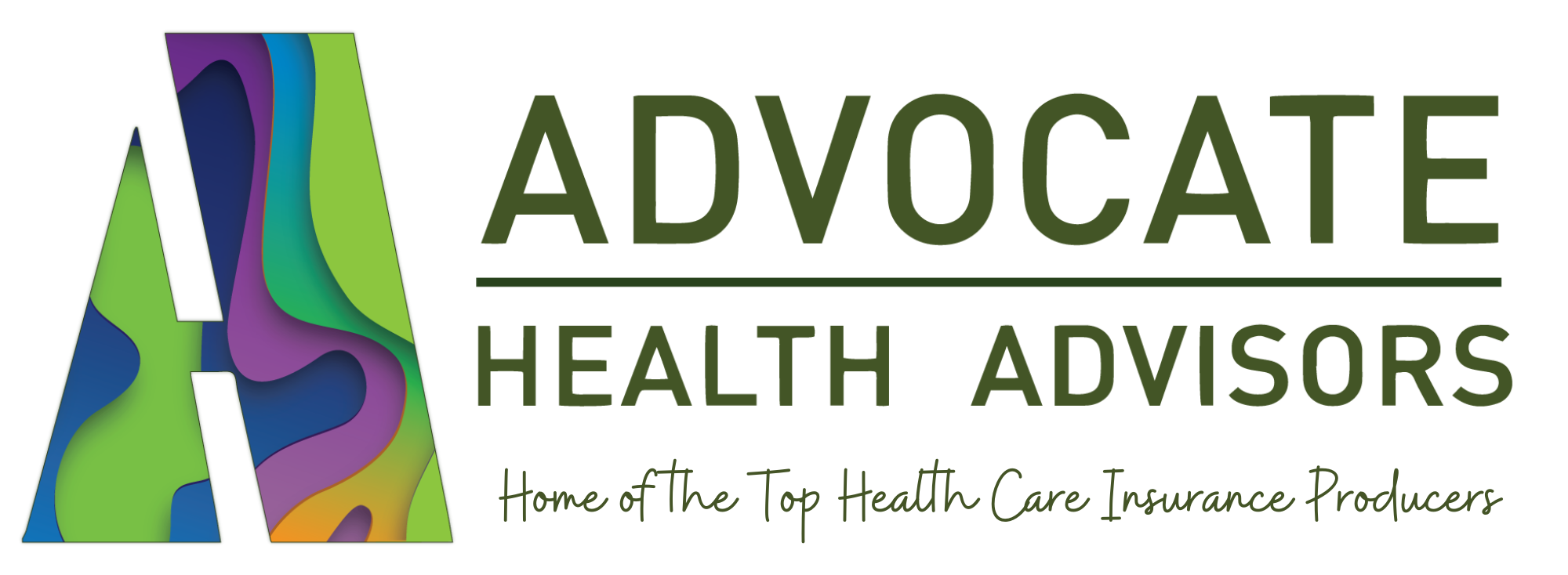NOTE: This blog post was taken from Need to Know: How to Arm Yourself and Survive on the Healthcare Battlefield (2018) by Darwin Hale, COL (RET), USAR, the Founder & CEO of Advocate Health Advisors. Darwin is a respected entrepreneur, author and decorated military officer with more than 30 years’ experience in the corporate world to include serving in the United States Army and Army Reserve (USAR).
You are probably familiar with the initials “RDA,” meaning the Recommended Dietary (not daily) Allowance for calories and certain nutrients. RDA data can be found on food and beverage labels from ketchup bottles to beer cans. Many people think of the RDA as being the amount of each nutrient that we should consume each day to get 100 percent of what we need, but this is not exactly correct.
RDA represents the minimumamount needed to ensure that 97.5 percent of the population does not get sick. The RDA is not a guideline for living your healthiest possible life, it is just enough that you don’t fall ill. A little history might help in understanding this important recommendation.
RDA was developed for national defense
The recommended dietary allowance (RDA) was developed during World War II by three distinguished women scientists (Lydia J. Roberts, Hazel Stiebeling, and Helen S. Mitchell), all part of a committee established by the United States National Academy of Sciences. Their mission was to investigate nutritional issues that might affect national defense and the war effort.
Our country’s leaders were concerned about the health of America’s population in the wake of the Great Depression and the onset of wartime rationing. The fear was that the nutritional needs of American workers weren’t being met, which in turn was harming the war effort.
Vitamin deficiencies were causing problems, healthy workers still needed the energy to do their jobs, and leaders didn’t want people getting sick, so the US government sought to establish what the population needed in terms of nutrition. These guidelines set allowances for energy (calories) and eight nutrients.
It was a standard that would be used for nutrition recommendations for the armed forces, civilians, and overseas populations who might need food relief. Simply put, the recommended dietary allowance (RDA) is the minimal daily amount of nutrient and calorie intake necessary for maintenance of good health. These values are calculated by the Food and Nutrition Board of the National Research Council, taking into consideration differences for age and sex.
Understanding RDA today
It is wise to keep these points in mind when hearing about or discussing RDAs-
- RDAs are a minimal average daily intake needed to meet the nutrient requirements of nearly all healthy people.
- RDAs are adjusted for age, gender and some conditions such as lactation or pregnancy.
- RDAs are reviewed and updated periodically.
- RDAs are now part of a larger set of references called the Dietary Reference Intakes or DRI. This is a set of reference values used to plan and assess nutrient intakes of healthy people. In addition to RDAs, the DRI includes Adequate Intake or AI (established when evidence is insufficient to develop an RDA) and Tolerable Upper Intake Level or UL (the maximum daily intake unlikely to cause adverse effects.) You can see a full listing of DRI publications at Nutrient Recommendations: Dietary Reference Intakes (DRI).
Most commonly, people know about RDA through food labels, but here too, our perception may not match reality. Many people don’t fully understand what these labels mean. When a label says “100 percent of RDA,” you probably think that sounds like enough. After all, if you get 100 percent, you’re doing as well as you can do. But remember that the RDA is the minimal average daily intake needed to meet nutrient requirements, not necessarily the optimal amount for excellent health.
Knowing that distinction is critical. Getting the RDA of basic nutrients will keep most people from developing overt diet-related disease, but it does not mean that you will feel or function your very best.
Seniors are at greater risk of diet deficiencies
Proper nutrition and regular exercise are the cornerstones of a healthy lifestyle, but supplements may be needed in some people to ensure that they are getting the proper amounts of vitamins and minerals. One subset of the population at increased risk is seniors.
Gerontologists (doctors who specialize in older patients) have long recognized that seniors often have different diet and nutritional needs. Seniors are a greater risk of diet deficiencies because of many factors; economics, reduced mobility, drug interactions, social isolation and other issues can contribute to malnutrition in older people. Here is what a paper published in the NIH National Library of Medicine had to say-
“Despite high levels of supplement use, more than half of the older adults were at risk for inadequate levels of vitamin D, vitamin E, folate and calcium. The majority of the older adults reported BMIs above 25, despite energy intakes which appeared “reduced” in comparison to those of younger or more active adults.”
The RDA is based on a 2,000 to 2,500 calorie diet, however as we age, our calorie needs decline. Seniors often respond to this by reducing the volume of food consumed, and therefore reducing the intake of vitamins and minerals. As the National Institutes of Health article cited above says, “Older Adults Need Guidance to Meet Nutritional Recommendations.”
Medicare Advantage plans offer inclusive care seniors need
Not meeting nutritional needs is just one aspect of the complex problems facing America’s growing senior population. In many cases, problems like loss of mobility, transportation difficulty, social isolation and poor nutrition are linked in some way. It is clear that as seniors become a larger portion of our population, we must find more inclusive, holistic ways to deal with these related issues. One bright spot in the health care and insurance industries is the growing acceptance of Medicare Advantage Plans or Part C of Medicare.
Advantage Plans cover Part A (hospital) and Part B (outpatient services) and often have built-in prescription drug coverage. In addition, they may provide extras like health management programs, wellness programs that include nutrition counseling, even gym membership or yoga lessons (some provided by the SilverSneakers® organization.) These Advantage programs point the way toward the inclusive care seniors need, bundled into one package. Medical care, exercise programs, nutrition and wellness counseling and opportunities for socialization can all be covered in one program.





